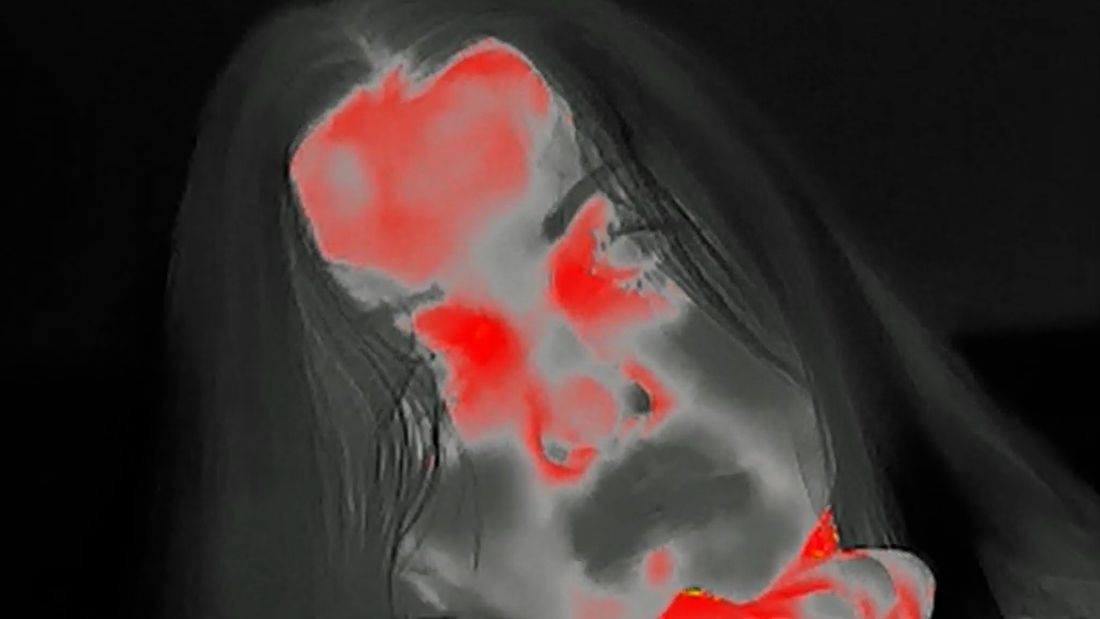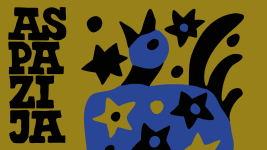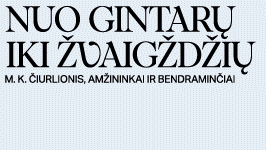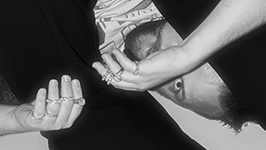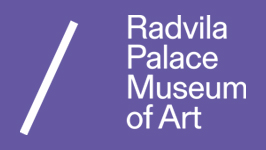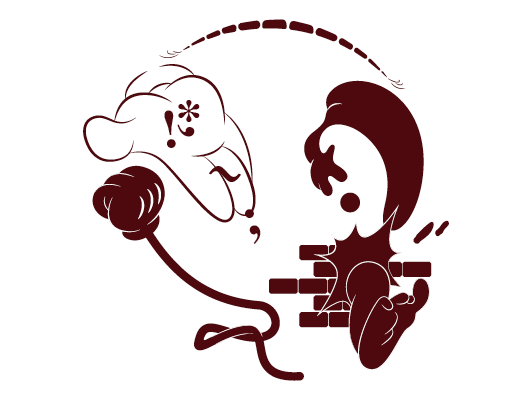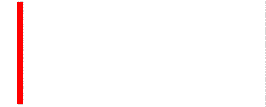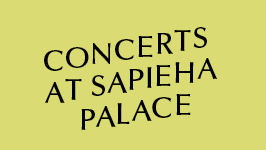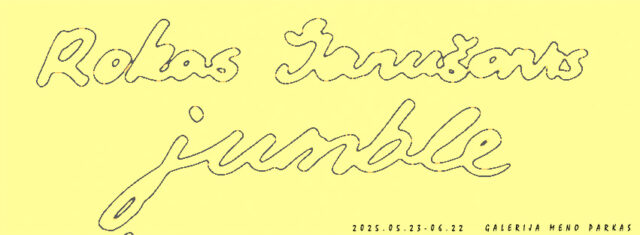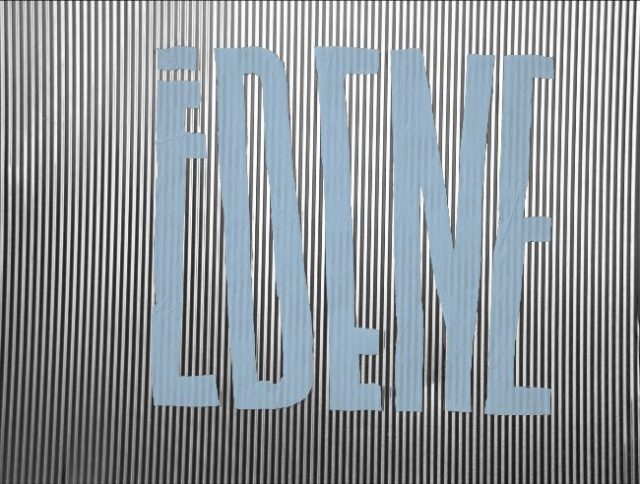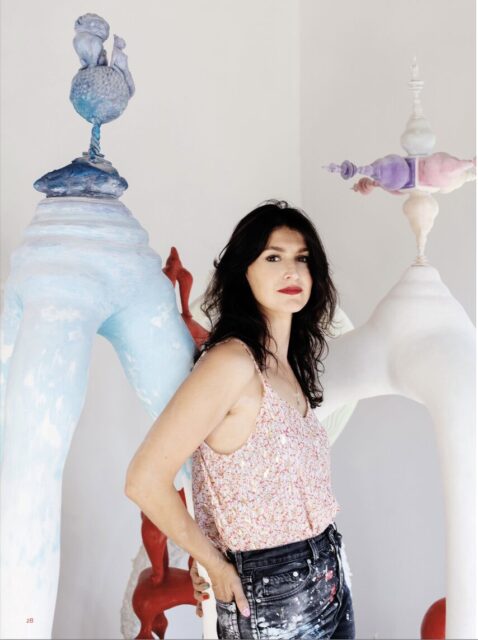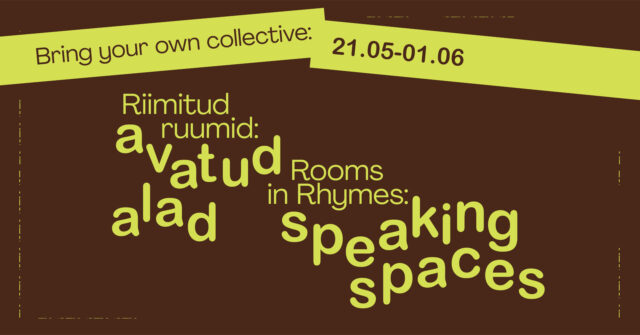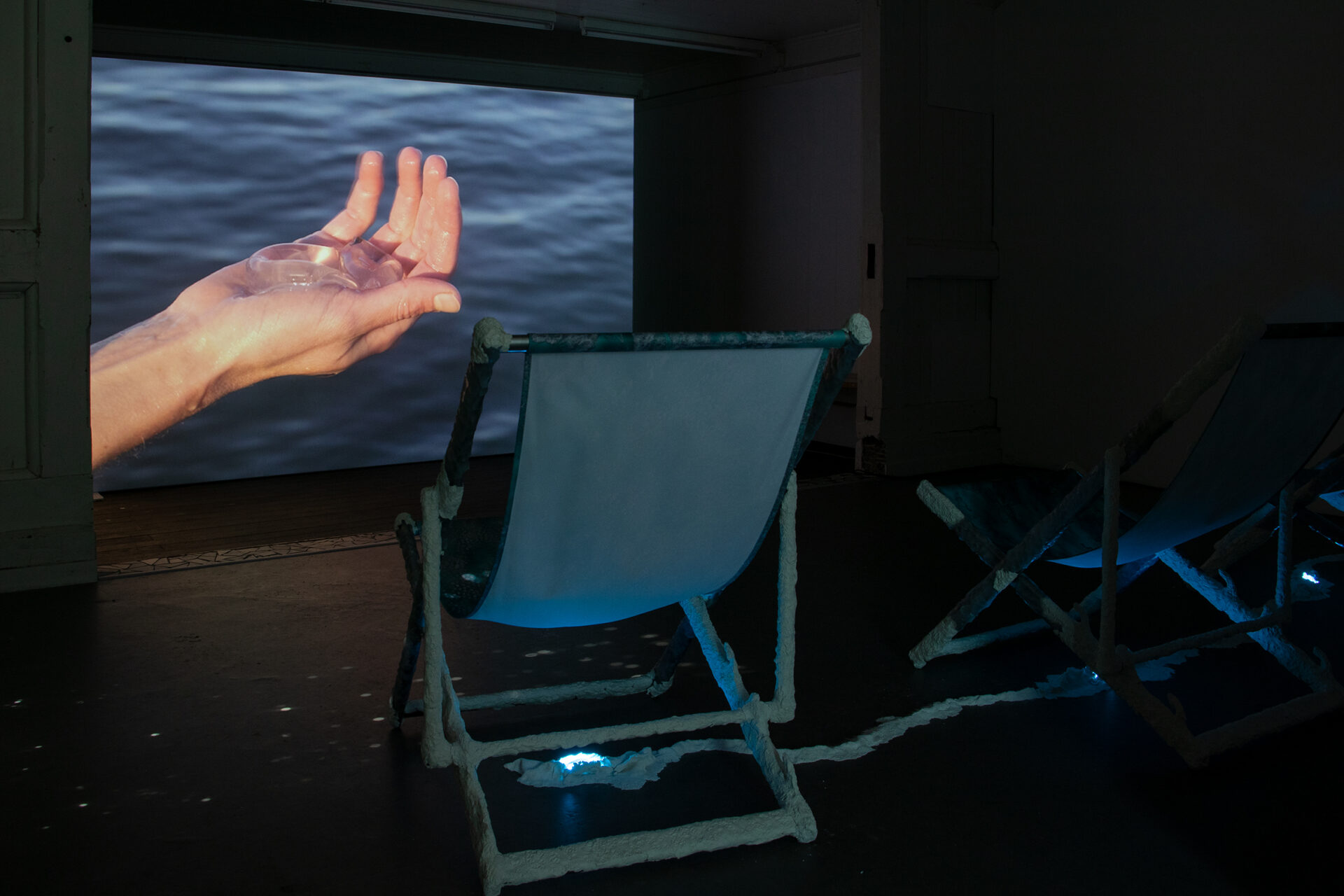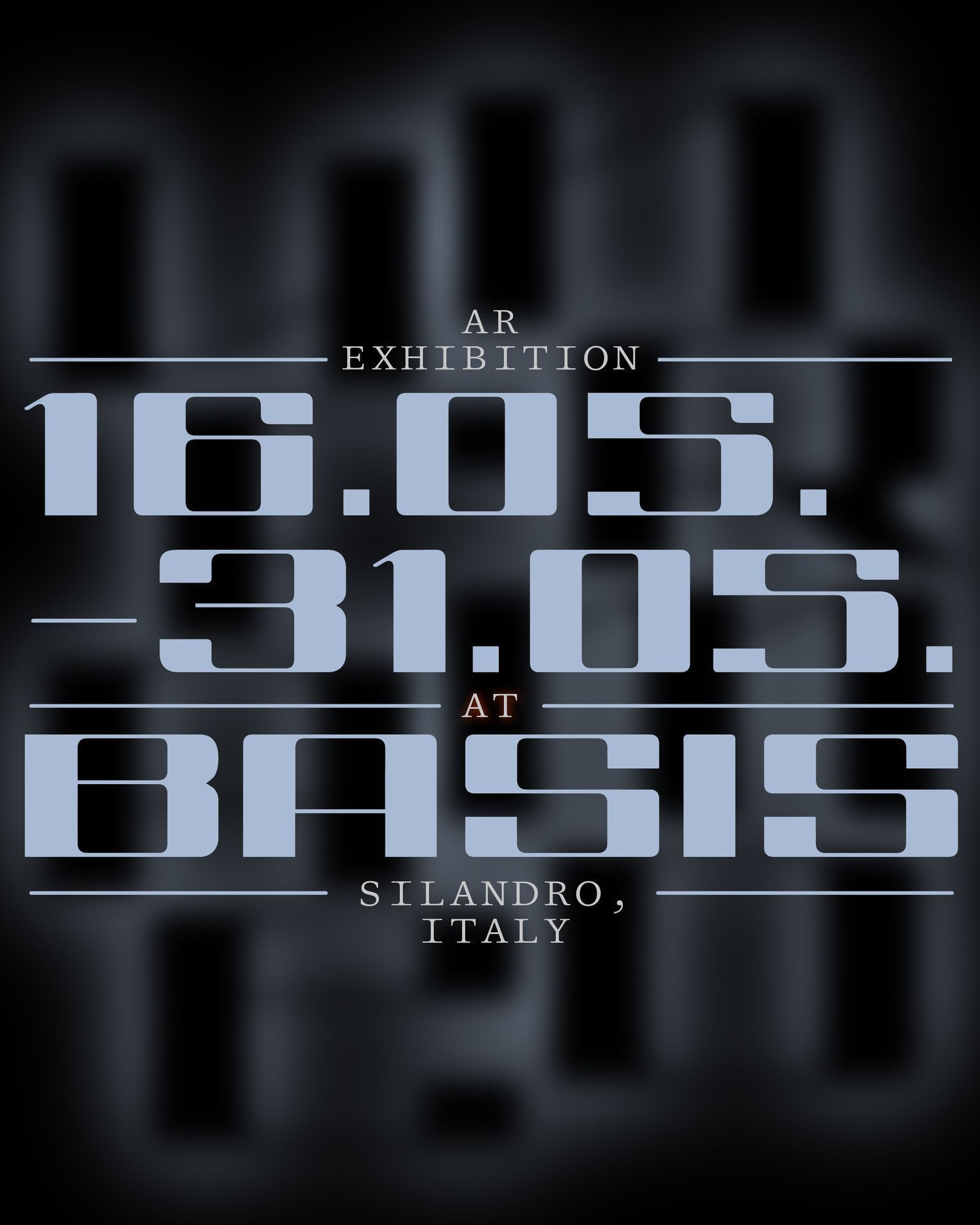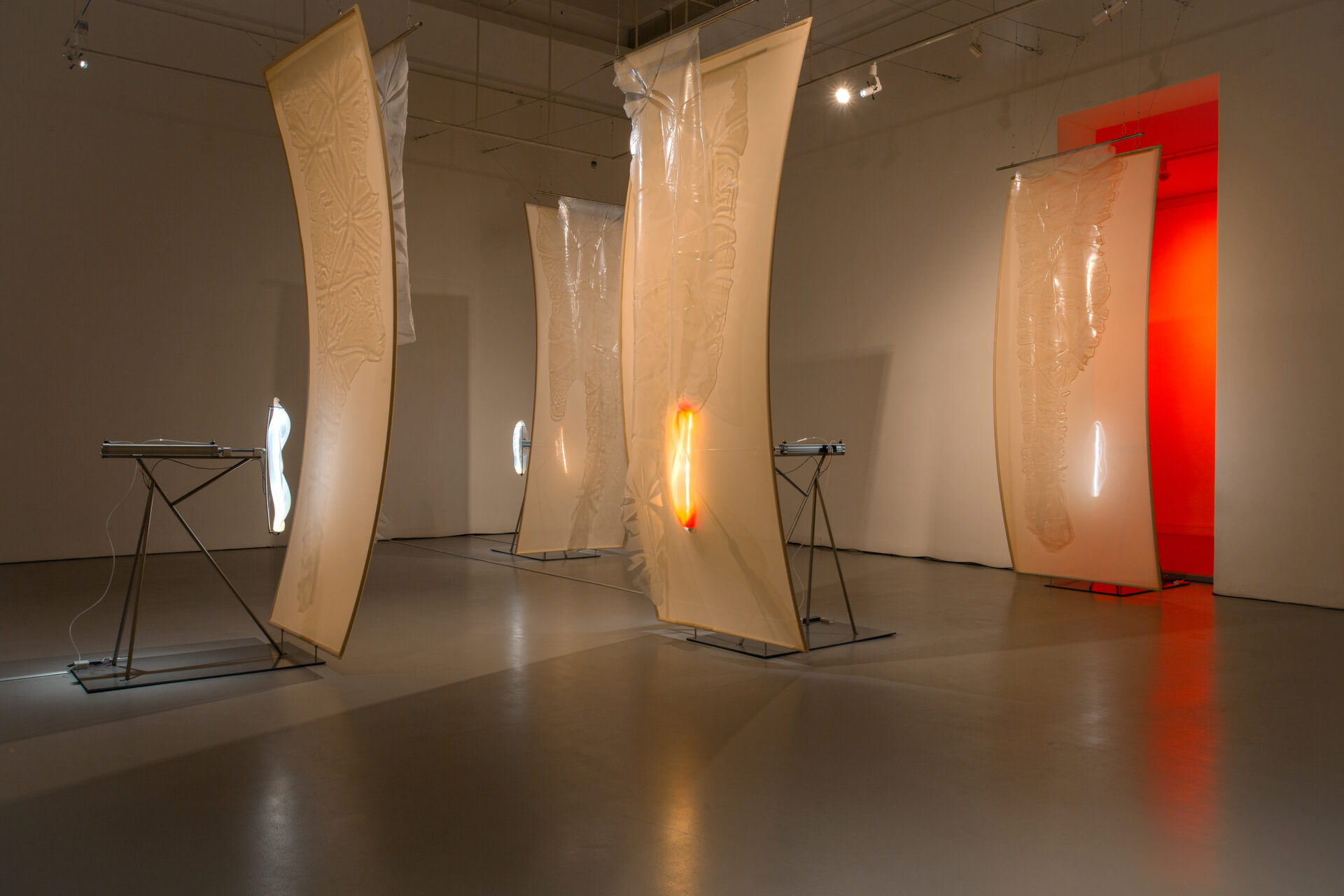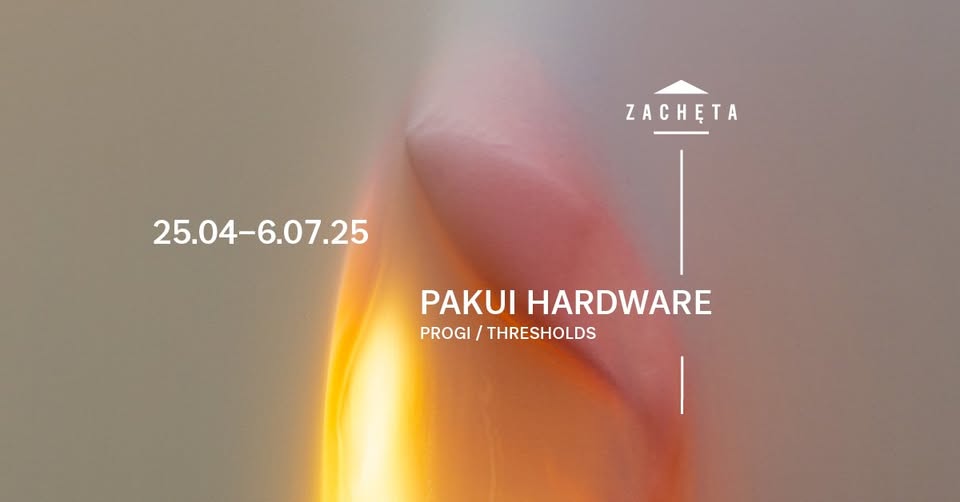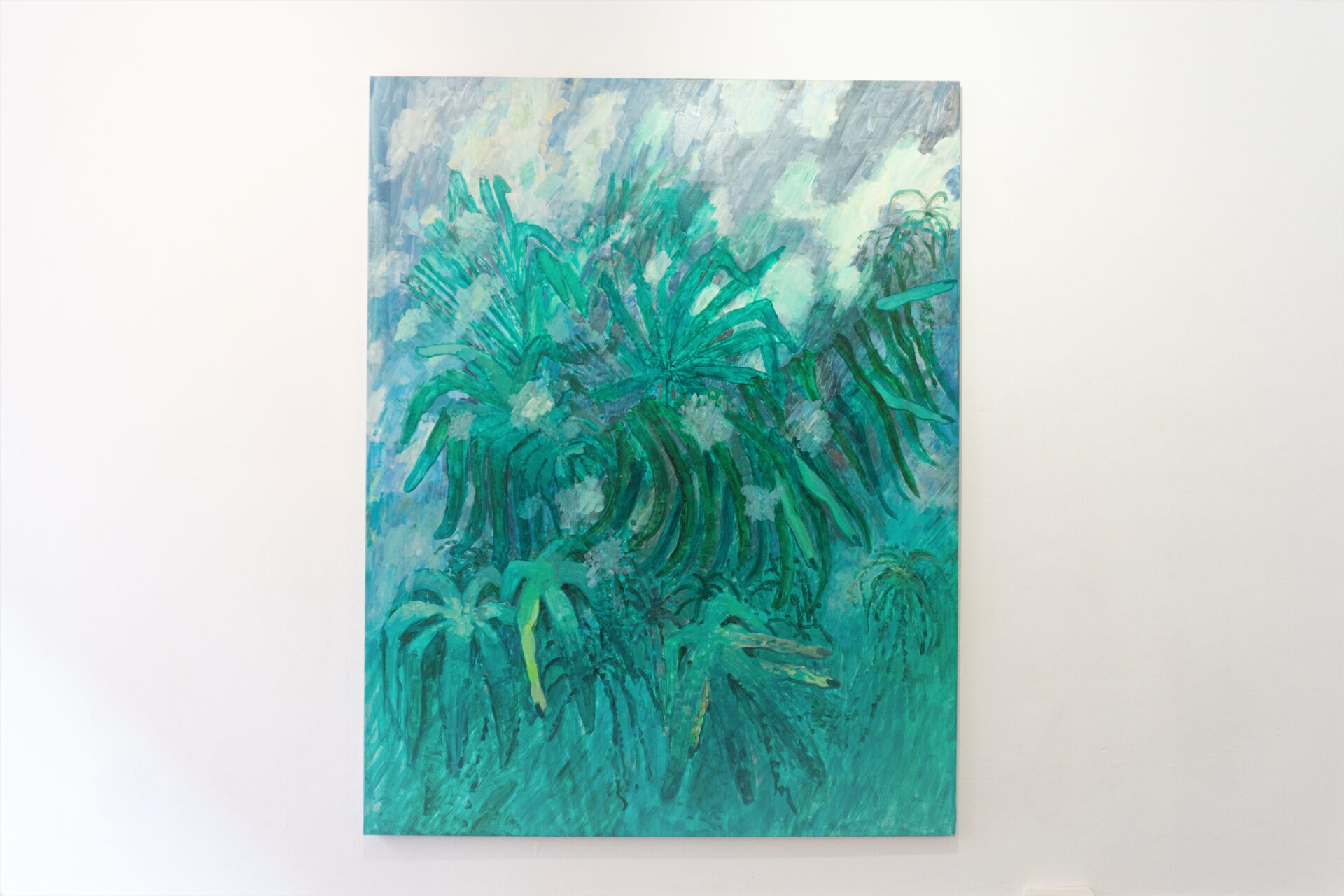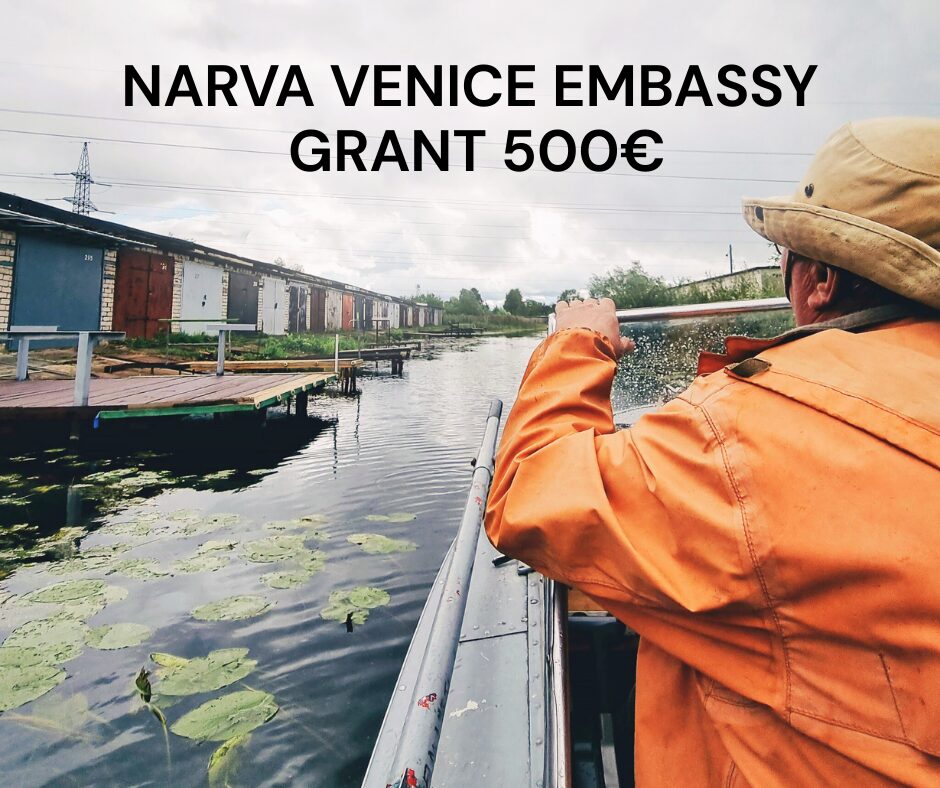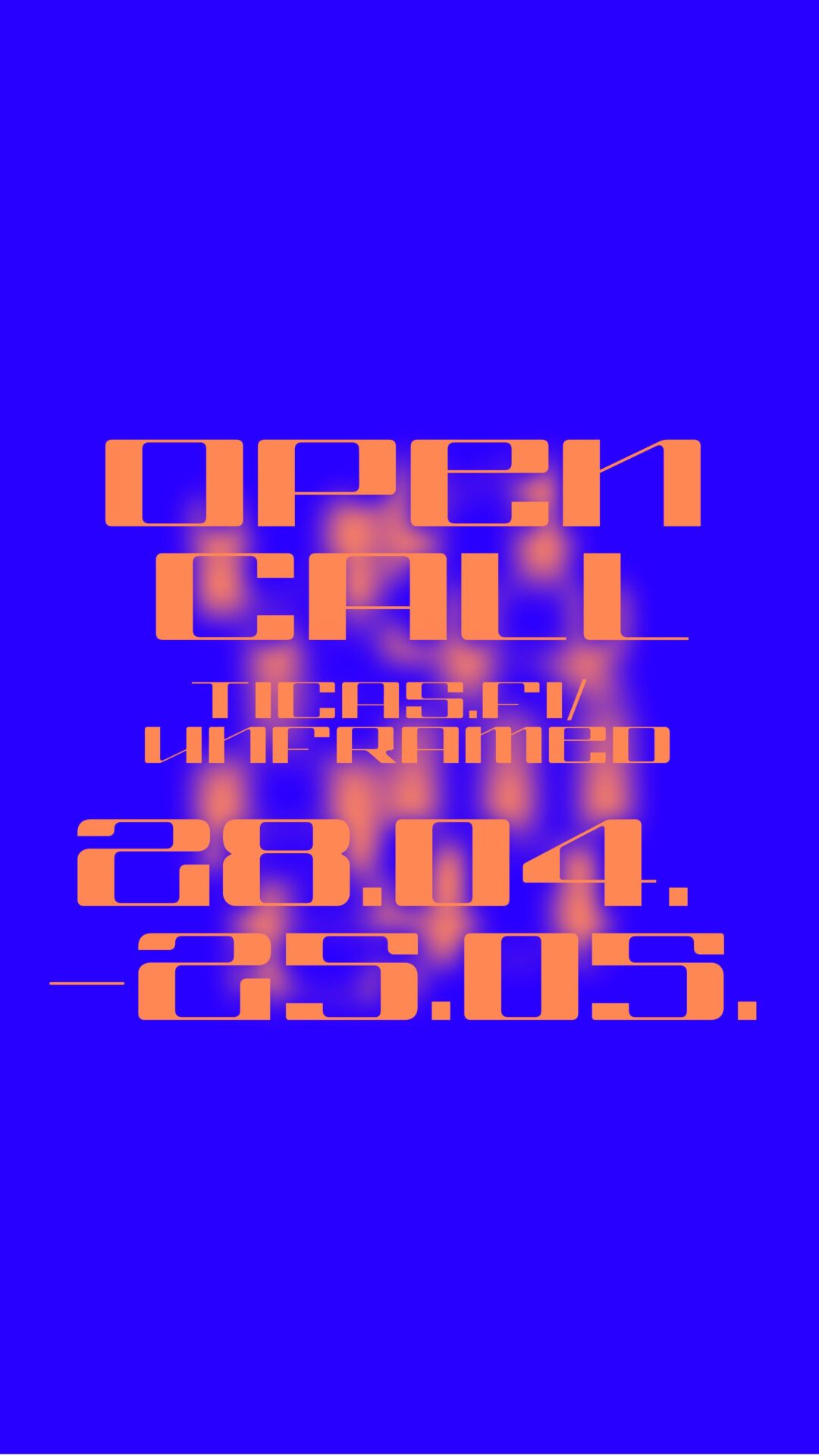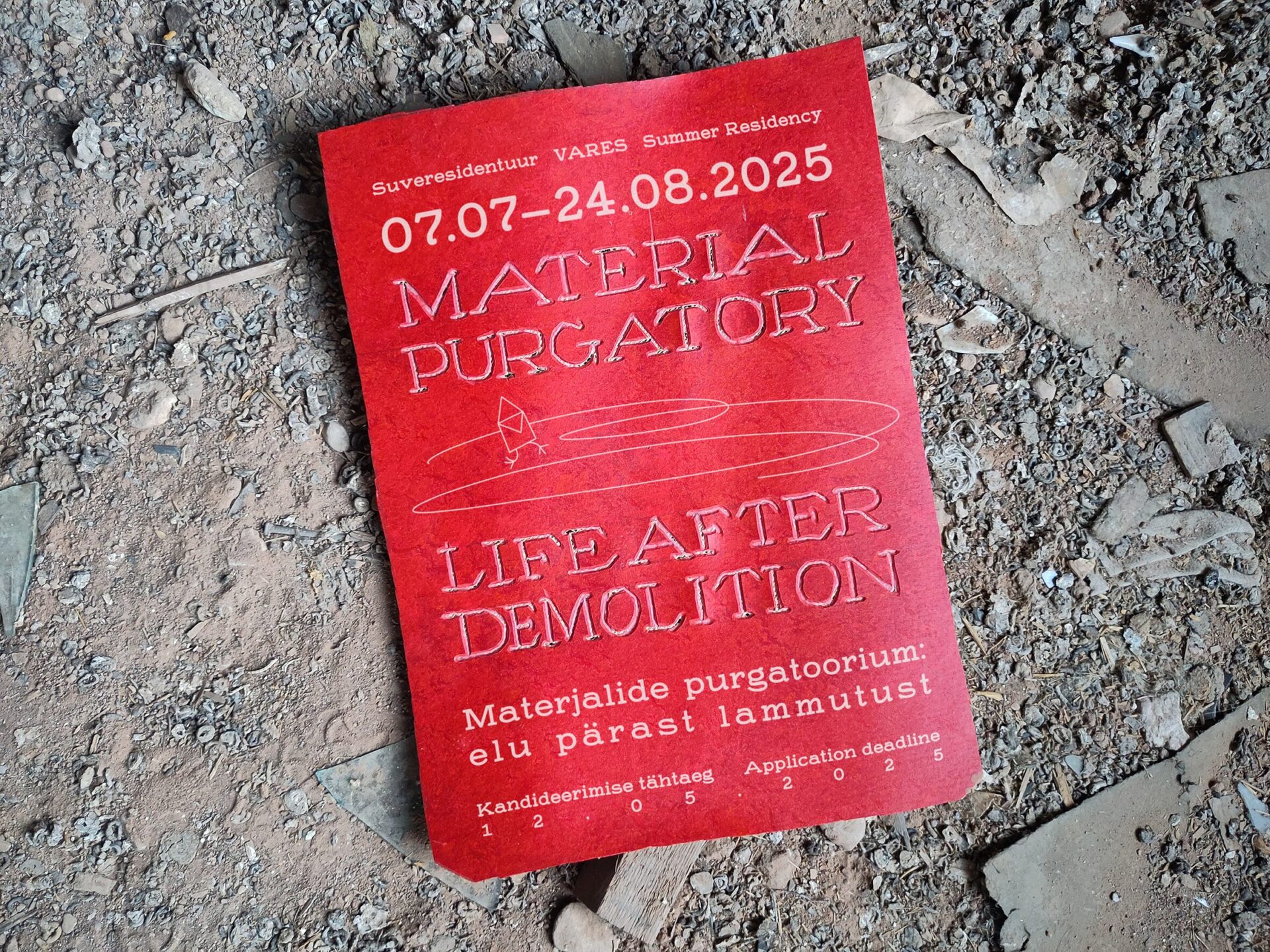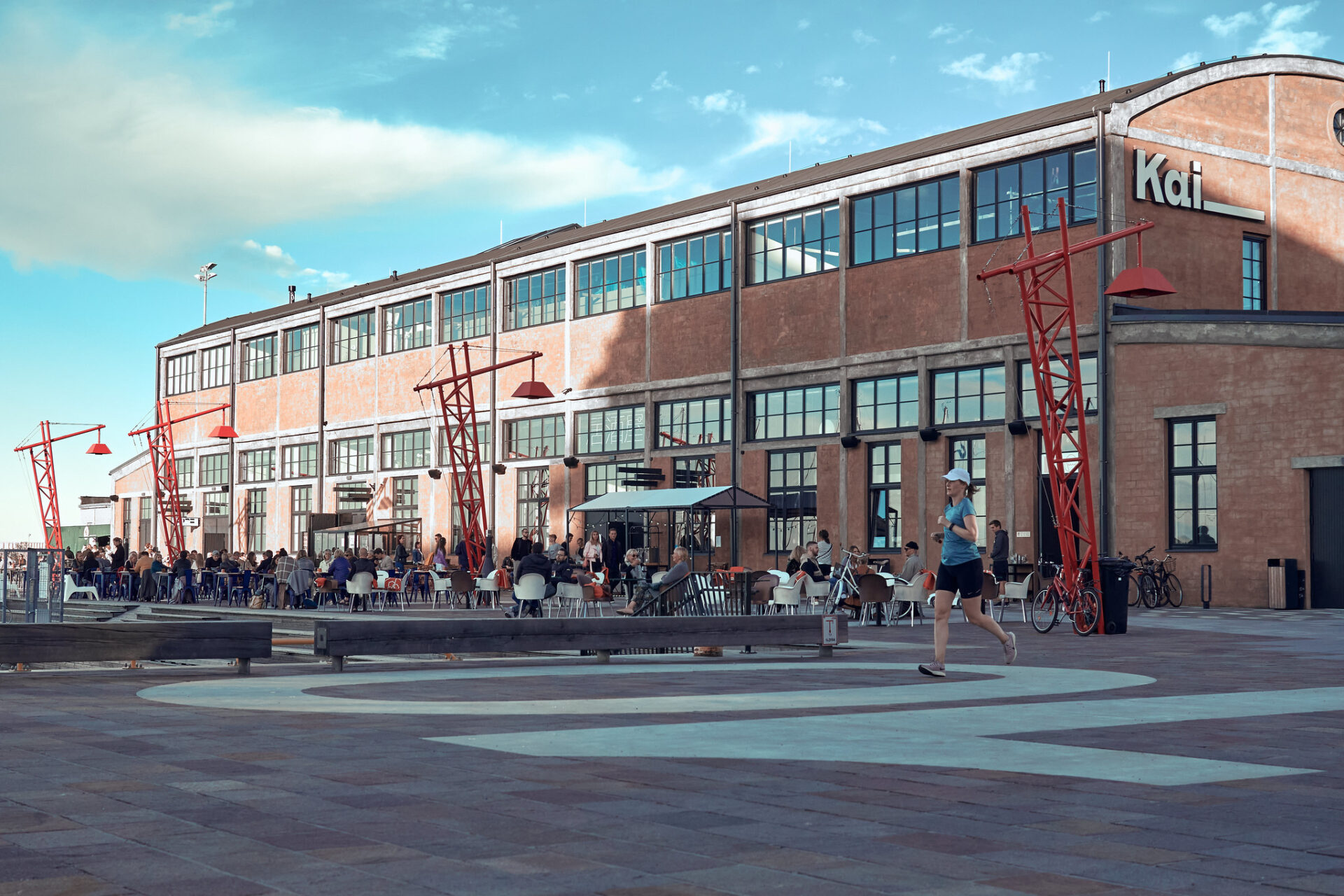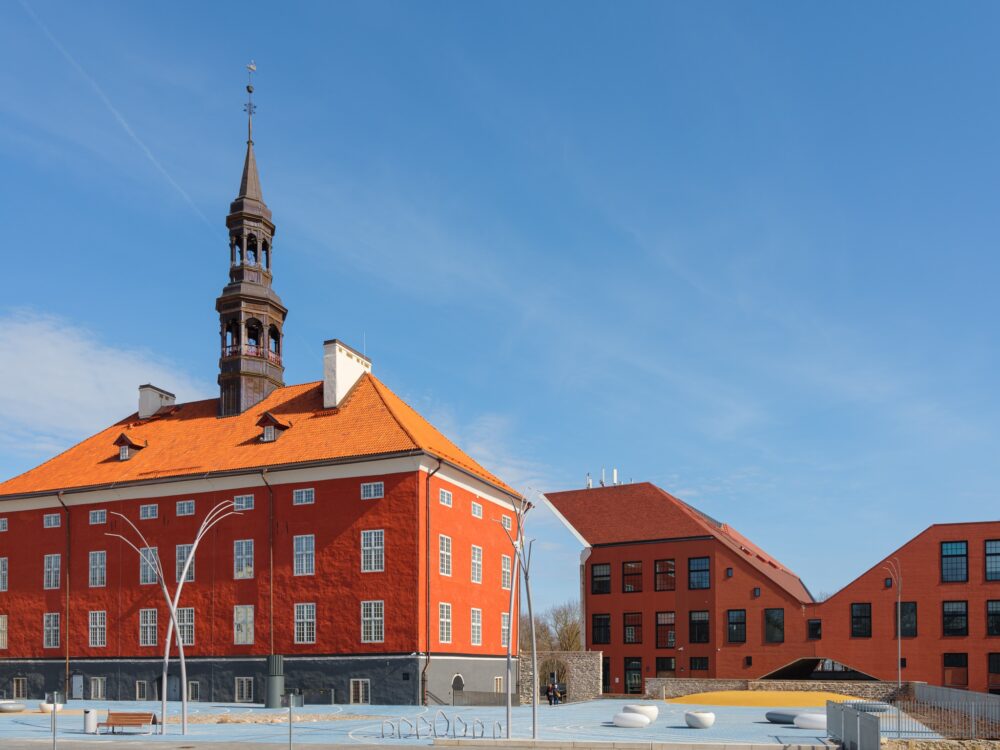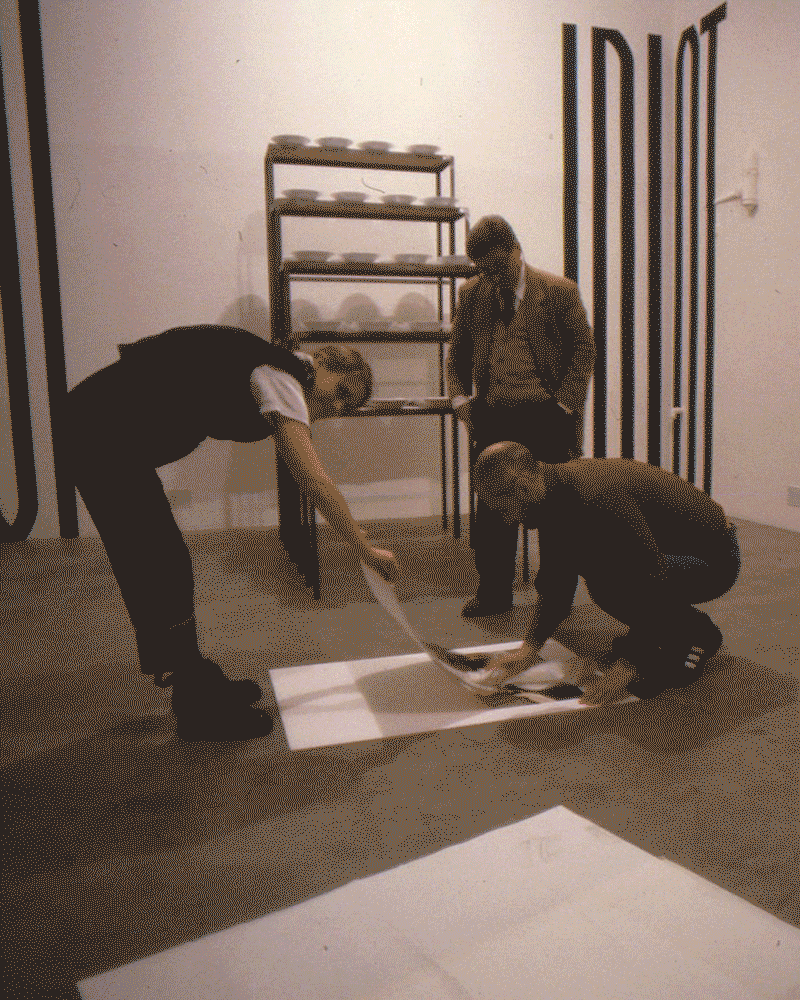The exhibition ‘But it’s not finished’ by Lasse Juuti & Anastasia Sosunova opens on the 9th of April at 6 PM and runs from 10 April to 15 June at Kohta.
Ushering in the next new season of unprecedented unpredictability, Kohta’s spring exhibition 2025 brings together new and recent work by Lasse Juuti (Finland, 1990, lives in Helsinki) and Anastasia Sosunova (Lithuania, 1993, lives in Vilnius). Both artists navigate the choppy waters of the complete and the open-ended, the articulate and the visceral, mediation and immediacy.
In the eminent tradition of aesthetic theory, ‘mediation’ means the active process of relating – making sense and making meaning by inlaying into medium, making middles that merge extremes. […] Immediacy crushes mediation. It is what it is. Self-identity without representation. […] Immediacy rules art as well as economics, politics as much as intimacy. […] The colloquial connotation of immediacy as ‘urgency’ undermines the temporal dimension of this style, a hurry-hurry that compresses time into a tingling present. […] Art constitutively thwarts immediacy, urgency and utility; its most direct use rests in this indirection – but today’s immediatist art aspires to void itself. […] Aboutness becomes the way that art and literature are admitted to conversations in public health or policy or design at the expense of their own mediacy. […] Immediacy is instant; mediation dilates. Immediacy is urgent; mediation displaces. Immediacy flows; mediation bars. […] It is this putting into medium and generating of the middle that actually responds to crisis, instead of perpetuating its intrinsic immersions and extremes.
Anna Kornbluh is a literary scholar and a professor at University of Illinois Chicago. As this digest of quotes seeks to demonstrate, her recent book Immediacy or, The Style of Too Late Capitalism (London/New York: Verso, 2023) tells it like it is. She offers a clear diagnosis of what she calls ‘the aesthetics of flood, fluidity and flow’: ubiquitous streaming, perpetual surveillance, abdication of the political and withdrawal into auto-fiction – while climate emergencies, security threats and cultural wars keep drowning and draining us.
The duo exhibition is an experimental and speculative format. Setting the stage for two individual practices to lock horns allows the curator to test his hunches about what concerns artists and viewers now. In other words: to zoom in on what is contemporary, perhaps more succinctly than in a larger thematic group show or a sequence of solos. ‘But it’s not finished’ tries to make a middle between the two extremes of giving space (literally and figuratively) to the individual participants and slotting their practices into a broader analysis of what drives us as a society, indeed what seems to be driving us off the cliff.
To prevent misunderstanding, it should be noted that the exhibition title is not a laissez-passer for the unfinished, which would in fact promote what Kornbluh terms ‘immediacy’. Instead it tries to make the case that both exhibited artists have plunged so deep into mediation – another term for it would be the articulation of form – that they sometimes feel the need to pretend that their work is less mediated than it really is. Far from being a stigma, such ‘pretentiousness’ is the life-blood of art. It keeps the pressure high, adds another layer of fiction and relays the message that things should not be too easy.
When Anastasia Sosunova has the pole-dancer in her video Preyer (2024, 6’09”) state ‘I will just sing it to you, but it’s not finished’, we would be ill-advised to take her phrase at face value. The piece, shot on a thermal camera of the kind used by building contractors or hunters, is a finely crafted hymn gesturing at a parallel universe (somewhat confusingly known as ‘reality’) where the founder of a Lithuanian DIY retail empire feels entitled to launch a ‘real prayer’ of his own. It inscribes itself into a forceful strand of Sosunova’s work that treats fandom as a current form of cultic behaviour.
In her multi-media installations she reclaims spiritual culture by using strongly coded materials such as copper (conduciveness, connectivity) or bread (nourishment, embodiment). She finds ways not only to accommodate references to religious practices by displaying strongly coded objects such as reliquaries or containers of blessed water, but also to incorporate her infatuation with printmaking. She represents the historically pre-eminent medium for the cult of the image, the precursor to TikTok in the premodern and modern ages, by picturesque paraphernalia such as engraved plates, discarded clichés or antiquated mechanical presses.
Sosunova’s two other works in this exhibition explicitly refer to local micro-histories of printing. Gossip Workshop (2024) consists of seven aluminium offset printing plates that replicate the dusty windows of what used to be the Rotas printing house in Vilnius, onto which lovers scribble their initials today. This was where, in the homophobic mid-1990s, Lithuania’s first gay magazine Naglis was printed. The display incorporates etchings based on spreads from this magazine, which often recirculated foreign imagery.
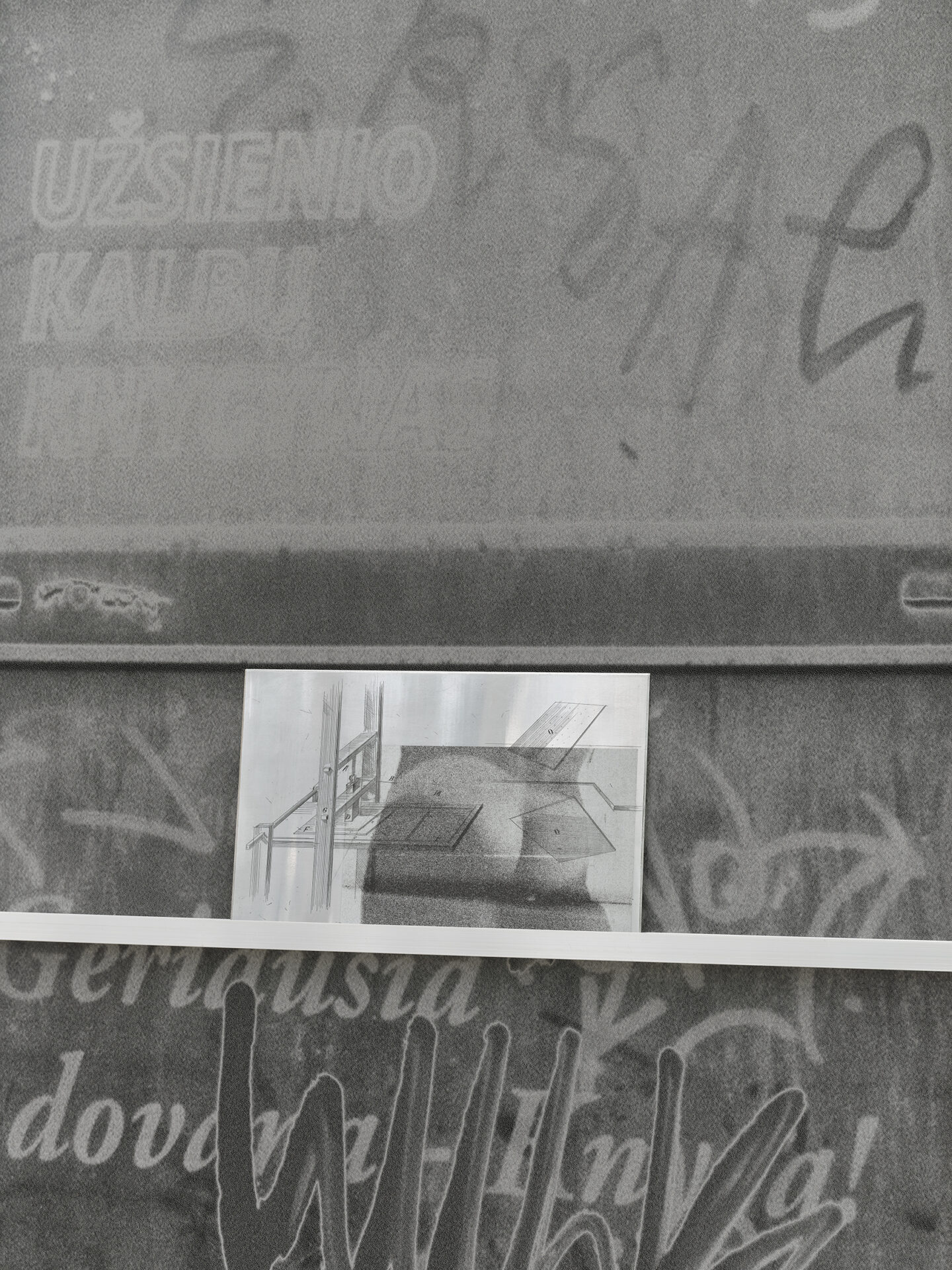
Anastasia Sosunova, ‘Gossip Workshop’, 2024
AB Prints (2023) is a series of prints on paper made from photozincography plates used by an unofficial printing house outside of Kaunas that operated illegally (literally underground and in strict secrecy) until the restoration of Lithuanian independence in 1990, printing anti-Soviet literature without ever being discovered by the KGB. These clichés, however, were first used for a commercial project, to illustrate a catalogue of art objects and antiques sold for dollars, and they show mostly religious imagery and household implements, some of which may also have been used in cultic contexts.
If Sosunova mediates between printmaking and installation, Lasse Juuti articulates junctures between painting and sculpture. The literalness of their actions must not be underplayed. Sosunova enlists ‘aboutness’ to spin ever denser webs of fiction around the hard edges of her repurposed materials, while Juuti foregrounds the physical process of object- and image-making.
Yet his unprimed cotton canvas, stapled onto irregularly shaped stretchers or tautly wrapped over horizontally organised wooden planks, is not in itself less mediated than any other artistic medium. Whether faint or vibrant in colour, the washes of acrylic paint applied onto that canvas were part of the reference system of art before they became a marker of Juuti’s individual style.
His composite and accumulative approach to art-making extends to naming the works he has finished (or is about to finish). He allows himself associative jumps and narrative foreshortenings that make full sense only as reflections of the personal. That, again, doesn’t necessarily slide into auto-fiction, because of the ongoing mediation within his image-objects and between them and their titles. What follows is an incomplete list of Juuti’s works in the exhibition, all produced in 2025, but it offers some clues to his artistic thinking.
Memorial for the saint of birds, fire and those who die alone, a reference to St Francis of Assisi and his posthumous workload, is an example of Juuti’s ‘beams’, a spatially impactful body of work embellished with colourful joints modelled after the 1980s Tetrisvideo game classic.
Local History and Secrets of the father who fled belong to another series of larger-scale works: circular canvases with sometimes rather elaborate stretcher constructions, meant to be either leaning against a wall or be suspended on it. The former, which has an open middle that appears ‘eaten out’, explicitly references a spiked wheel (and the notion that the gene pool diversified when people started bicycling to neigbouring settlements). The latter enhances a concern with fatherhood and male self-improvement that becomes evident across Juuti’s newest work titles.
Another ‘wheel’ doubles as a ‘badge’ – as in the frequently circular logos of team sport clubs – was given the title Badge for boys whose fathers were so prod of them that they could never grow up, gesturing towards the story of Mozart as the quintessential child prodigy. Trying to be the man you expect me to be, our final example, is a series of stretched canvases in smaller formats, outlined as if to trace early stages in the evolution of the Mickey Mouse cartoon character. The ears gradually shrink as the snout grows.
